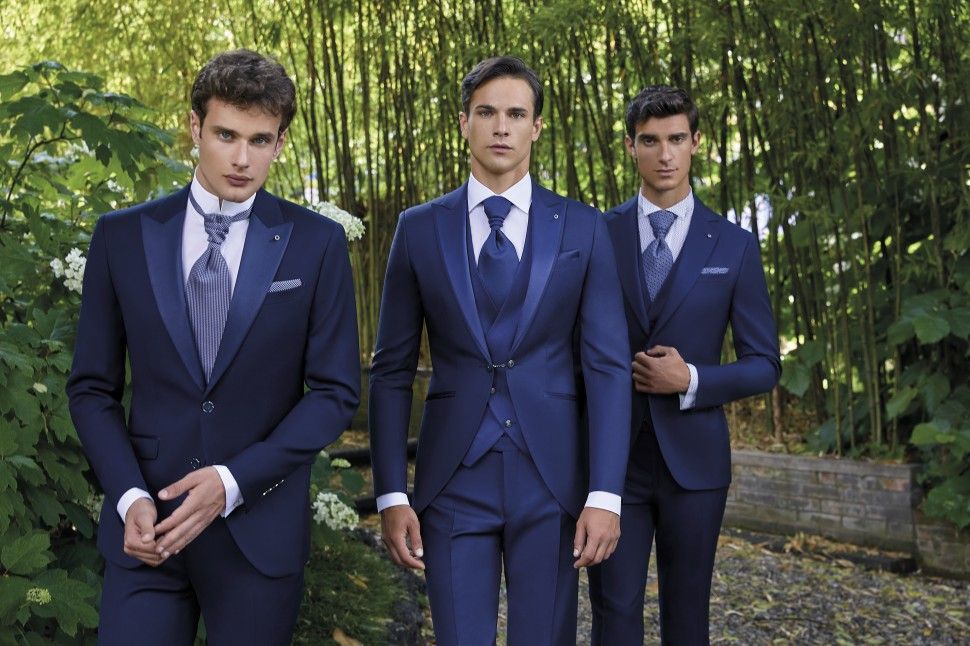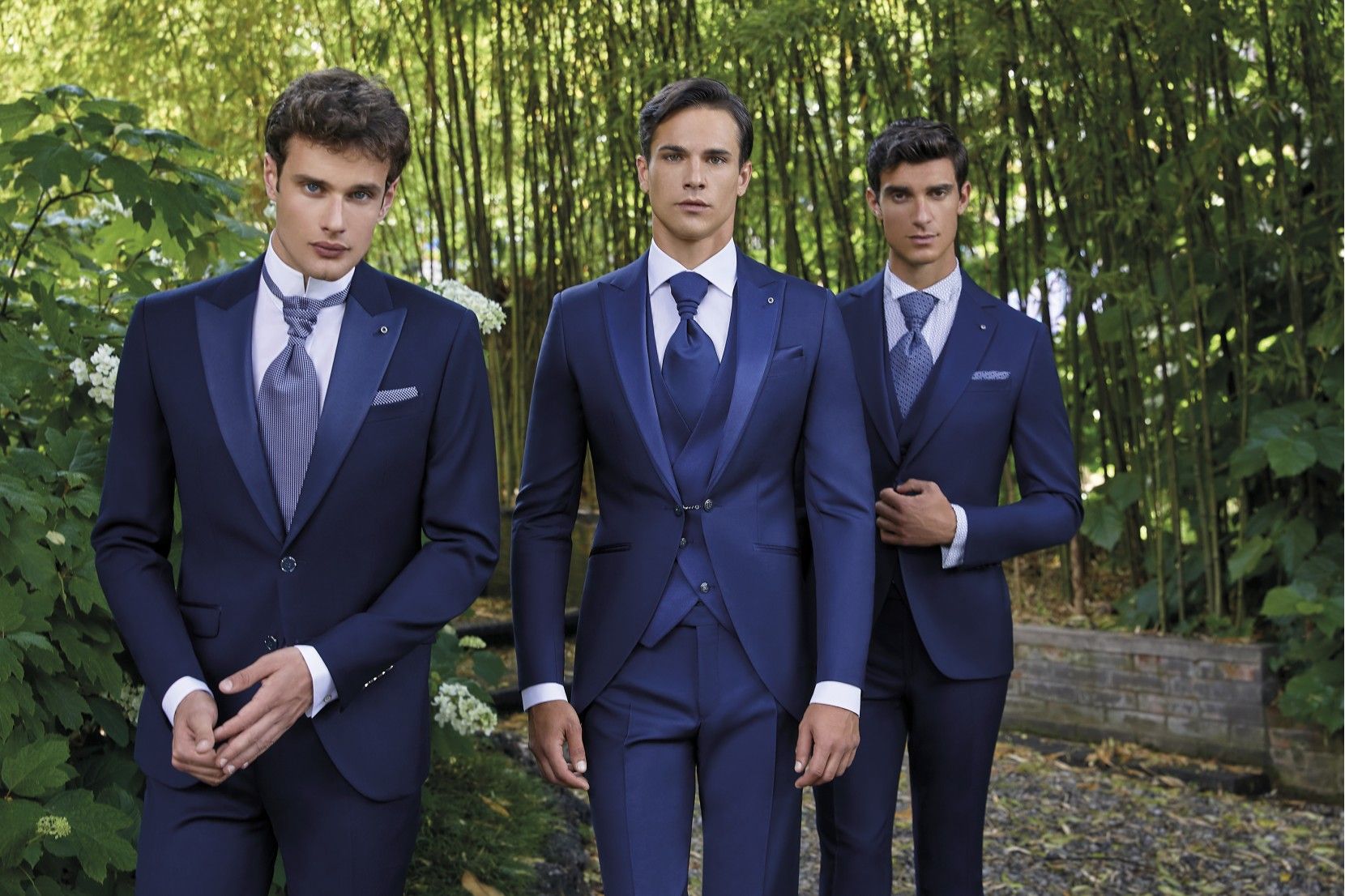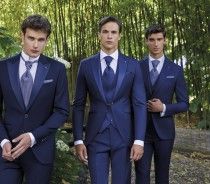A man’s elegance is not only measured by appearance, for it is also closely related to culture and knowledge. A knowledge related to their origin, their concerns, their career, which always seeks to enrich and grow with each experience and vital adventure. In the following post, we give some brushstrokes on men's suits and their history, so that wearing the groom's suit is not reduced to a wonderful exhibition, but, in addition, it becomes an expression loaded with symbolism and value.
You know that true elegance lies in exceptionality, that's why you're looking for your groom's suit to be able to convey an incomparable charisma. You've worn a huge amount of costumes throughout your life, but a wedding is the perfect time to present yourself in your best version. You are demanding and you know that your outfit will not be like the rest, so you will be delighted to know some of the historical curiosities about this very special item.
Do you want your wedding suit to show the elegance and the traditional? Classic tailoring will always be your best bet, but you'll be glad to know that there are different origins equally influential in the history of men's fashion. Neapolitan and English tailoring deserve our special attention, as both complement each other and over the decades they have evolved and cultivated mutually, in their origins, design and pattern.
Italian suit combines in a sublime way the art and elegance of a garment full of tradition. Although its history goes back to 1930, the Neapolitan jacket of today is not very different from the one created by the famous Italian tailor Vicenzo Attolini and which is characterized by its lower level double-breasted than normal. In the 30s, Attolini used his sensibility to design and manufacture a coat with an unusual and extravagant line never seen before. Lightness and comfort were its strong points, as well as its impeccable seams, elaborated as if it were a second skin. A trend which was also rooted by the tailor Peppino Miniello, another prominent name of Neapolitan fashion in its origins.
The so-called Prince of Wales is, along with tweed, one of the most famous fabrics or materials that exist in the universe of men's suits. This finish became trendy in the 20s as one of the favorites of Edward VIII of the United Kingdom, known as Duke of Windsor, when he was Prince of Wales. This whole range of more classic and sober fabrics is typical of English tailoring, born on the mythical London’s Saville Row. The English suit was, at its origin, armored and structured, mostly in colors such as grey or dark blue. This suit was composed with interlined jackets, which gave substance to the piece and differed from the Italian ones, with a shoulder pad.
Names, fabrics, dates or jokes are small pieces of information that highlight their value and allow you to know a little more about the groom's suit you choose. Whatever the design or style are, studying its origins and its history will undoubtedly enhance the experience of wearing such genuine piece.









